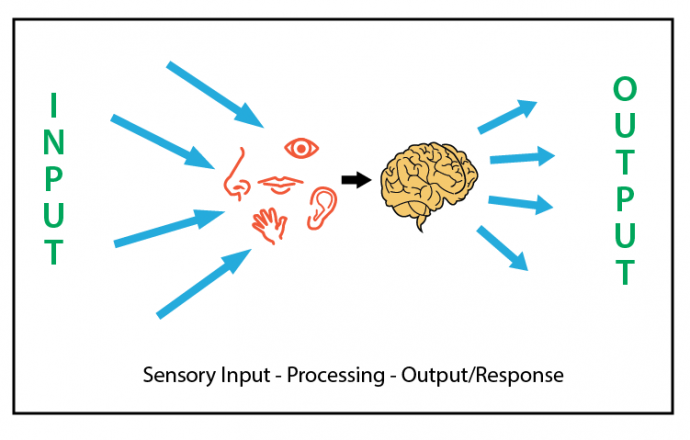
Sensory integration refers to the processing, integration and organization of sensory information from the body and the environment . The inability to take in, organize and respond to sensory information in a meaningful & appropriate way referred to as sensory integration disorder or dysfunction. It can also be referred to as sensory processing disorder. The signals coming to your body might be too weak or too strong. Other times, your body might overreact and underreact to signals.
There are four identified categories of these difficulties . They include:
•Sensory Modulation Problems: This is when the brain either over responds or under responds to sensory information. For instance, fluorescent light may make such persons uncomfortable as they may find it to be too bright.
•Sensory discrimination and perceptual problems: In this case, the brain has difficulties in making sense of the information it receives. Such persons may appear clumsy.
•Vestibular bilateral functional problems: These occur as a result of issues with our vestibular senses. One may experience balance and co-ordination problems.
•Praxis problems: Praxis refers to new movements for our bodies. For example, a child walking. One may experience issues with these because information is not properly processed. Therefore, they experience difficulties with these tasks.
The causes of sensory processing disorders are not yet known. Some doctors believe that it is genetic and runs in families. They try to link other disorders like autism and sensory processing disorders to say that adults with autism will most likely have children with have the disorder. Some doctors believe SPD are just explanations for common behavior of children. Others say that children are just hypersensitive. However, there is hope for persons with SPD through sensory integration therapy.
Sensory integration therapy is used to help persons with SPD. It involves structured exposure to sensory input, movement, therapy, balance treatments, carefully designed and customized physical activities and accommodations. This is done by a qualified sensory integration practitioner who is an occupational therapist (OT). The OT may cooperate with the client and other concerned persons to create a sensory diet for the person with SPD. A sensory diet includes recommended suite of activities and accommodations which would give the individual the sensory input they need.
